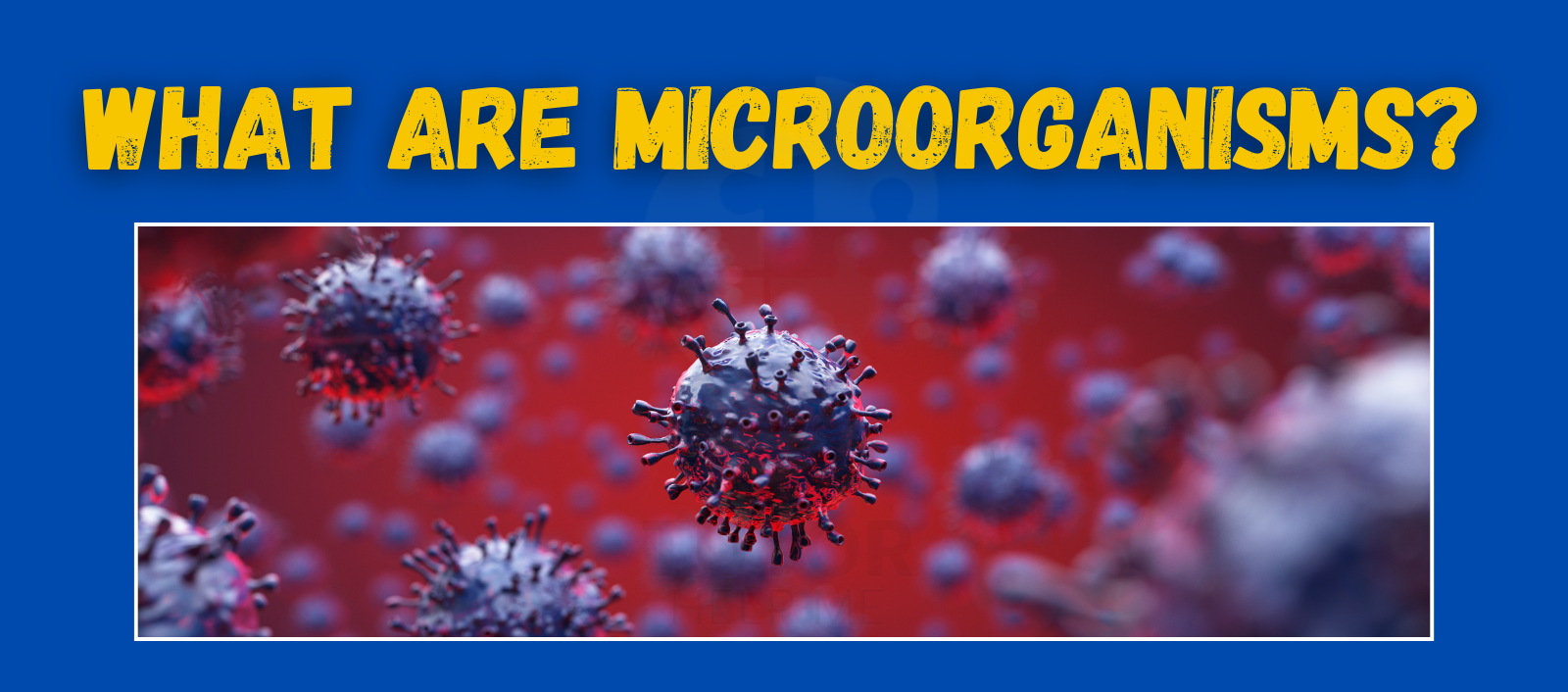Microorganisms, also called microbes, are tiny living things that are too small to see without a microscope. They live everywhere on Earth, from the deepest oceans to the highest mountains.
Even though they are very small, microorganisms are very important for nature, our health, and many jobs. In this blog post, we will learn about the different types of microorganisms, what they are like, and how they help us in daily life.
What Are Microorganisms?
Microorganisms are tiny living things made up of one cell or a group of cells. They can be simple or complex. Some types of microorganisms are bacteria, viruses, fungi, protozoa, and algae. Each type has its own special features that help it live in different places.
Characteristics of Microorganisms
Microorganisms are typically characterized by:
Size: Most microbes are microscopic, ranging from 0.2 to 10 micrometers.
Reproduction: They can reproduce rapidly through asexual methods such as binary fission or budding.
Metabolism: Microorganisms can be autotrophic (producing their own food) or heterotrophic (relying on other organisms for nutrition).
Habitat: They can thrive in diverse environments, including extreme conditions like high salinity, temperature, and pressure.
Types of Microorganisms
Microorganisms can be classified into several categories. Below are the primary types of microorganisms along with their detailed descriptions and examples.
Bacteria
Bacteria are single-celled prokaryotic organisms that can that can live almost anywhere, like in the soil, water, and even inside the human body.
Examples and Functionality:
Lactobacillus: his type of bacteria is used to make yogurt and other foods. It turns sugar in milk into lactic acid, which helps preserve the food and gives yogurt its sour taste.
Escherichia coli: Some types of E. coli can make you sick, but other types help your body digest food and absorb nutrients.
Bacillus thuringiensis: This bacteria makes toxins that are used as natural pesticides to control pests on crops without hurting helpful insects.
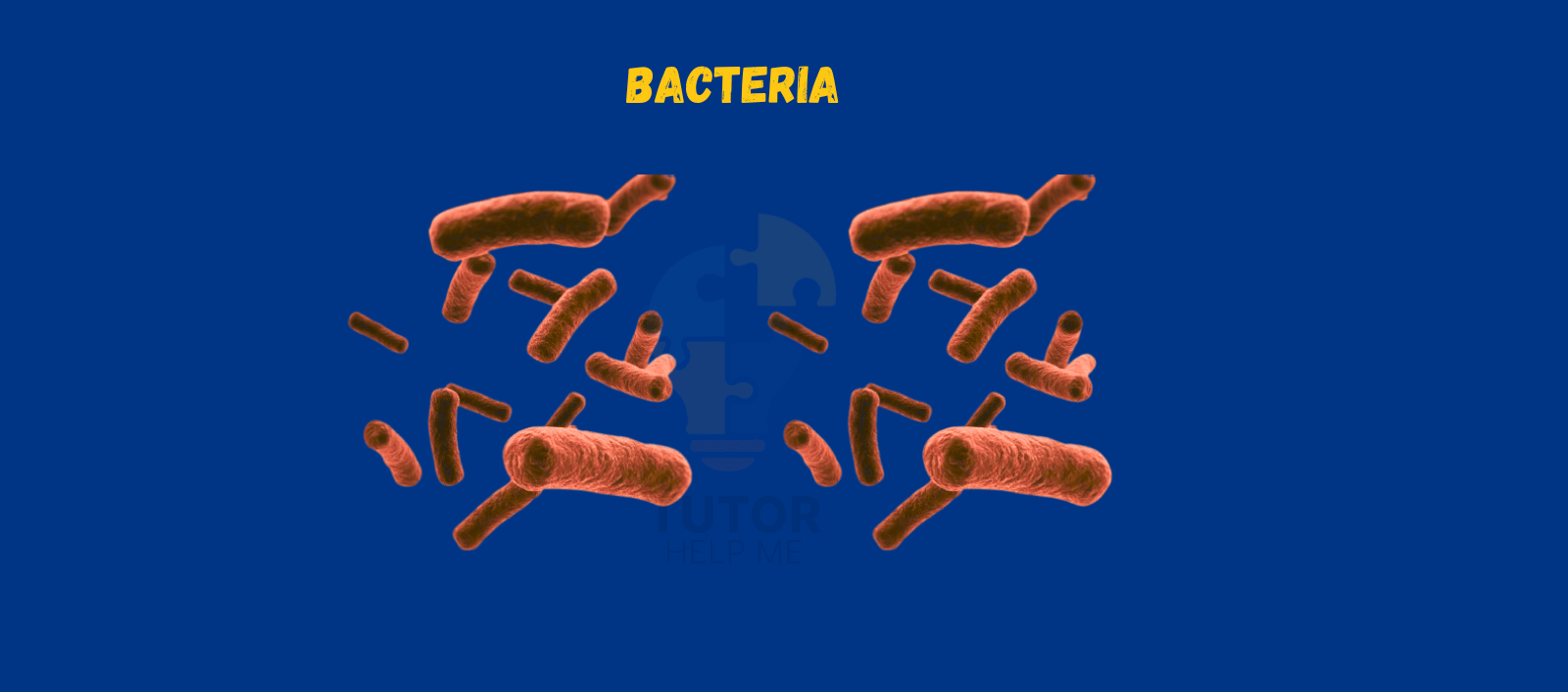
Fungi
Fungi, like yeasts and molds, play an important role in nature by helping recycle nutrients. They are also used in making food, medicine, and in biotechnology.
Examples and Functionality:
Saccharomyces cerevisiae: Commonly known as baker’s yeast, this yeast is used in baking and brewing. It eats sugar and makes gas and alcohol, which helps bread rise and gives beer its taste.
Penicillium chrysogenum: This mold makes penicillin, the first antibiotic. It helps treat infections by stopping bacteria from growing.
Aspergillus oryzae: This mold is used in some Asian foods, like soy sauce and miso. It helps break down starches into sugar during fermentation.
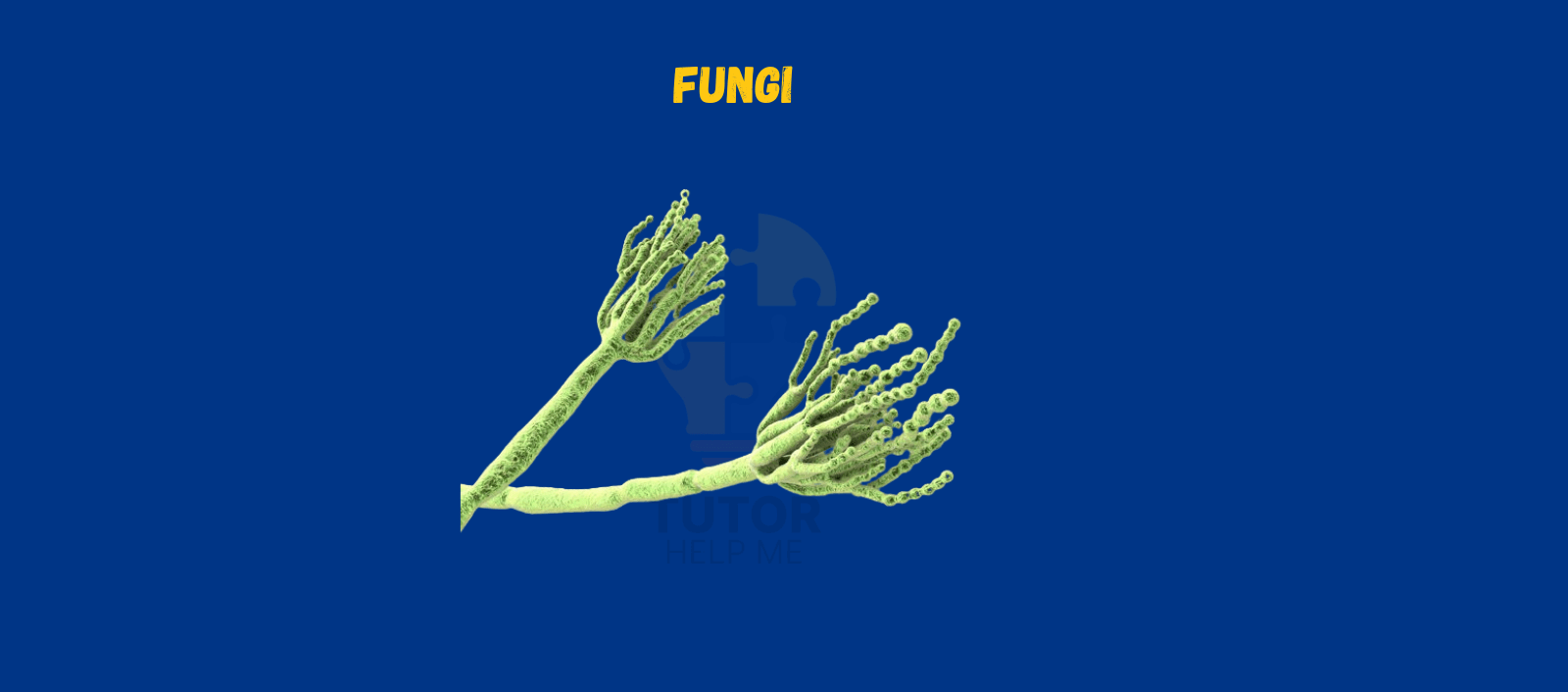
Viruses
Viruses are tiny particles that can only make copies of themselves inside the cells of living things. They are usually seen as harmful, but they can also be helpful in science, especially in medicine.
Examples and Functionality:
Bacteriophages: These viruses attack bacteria. They are used in phage therapy to treat infections, especially those that don’t respond to antibiotics. Because they only target bad bacteria, they don’t harm the good ones.
Adenoviruses: Scientists use modified adenoviruses in gene therapy. They help deliver good genes to cells to replace bad ones. This could help treat genetic diseases.
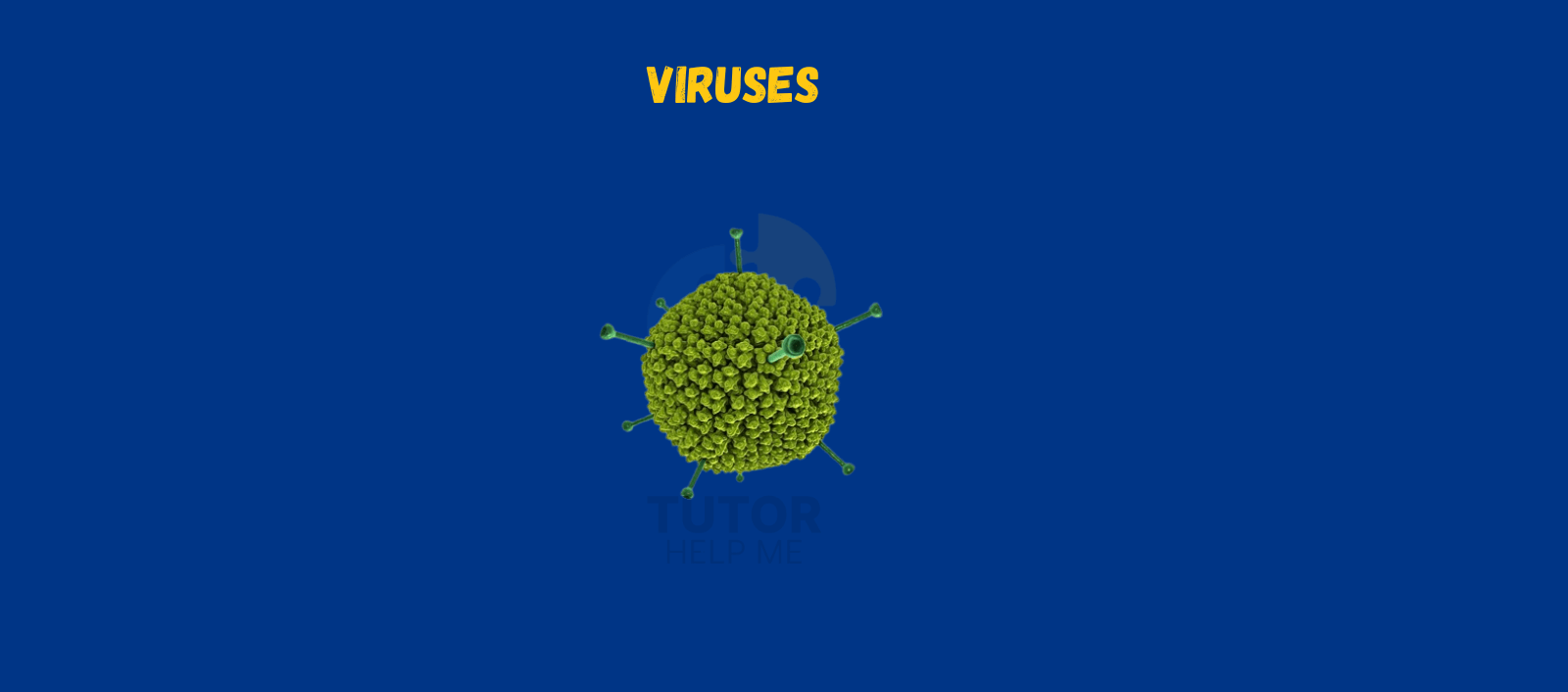
Algae
Algae are tiny plants that can be made of one cell or many cells. They help make oxygen and are important in the food chains of oceans and lakes.
Examples and Functionality:
Spirulina: This is a type of blue-green algae. It’s often used as a health food because it is full of nutrients.
Prions
Prions are special types of proteins that are shaped wrong. They can cause other proteins in the brain to also change shape. This can lead to diseases that affect the brain. Unlike viruses or bacteria, prions don’t have DNA or RNA, which makes them different from other harmful agents.
Examples:
Creutzfeldt-Jakob Disease (CJD): This is a rare and serious brain disease in humans. It causes quick brain damage, making it hard to think and move.
Bovine Spongiform Encephalopathy (BSE): Also known as “mad cow disease,” BSE affects cows. People can get sick from eating infected beef, which can cause a version of CJD.
Functionality:
Prions spread by making healthy proteins in the brain fold incorrectly. When a normal protein touches a prion, it changes shape too. This makes more prions and causes damage to the brain, making it look spongy.
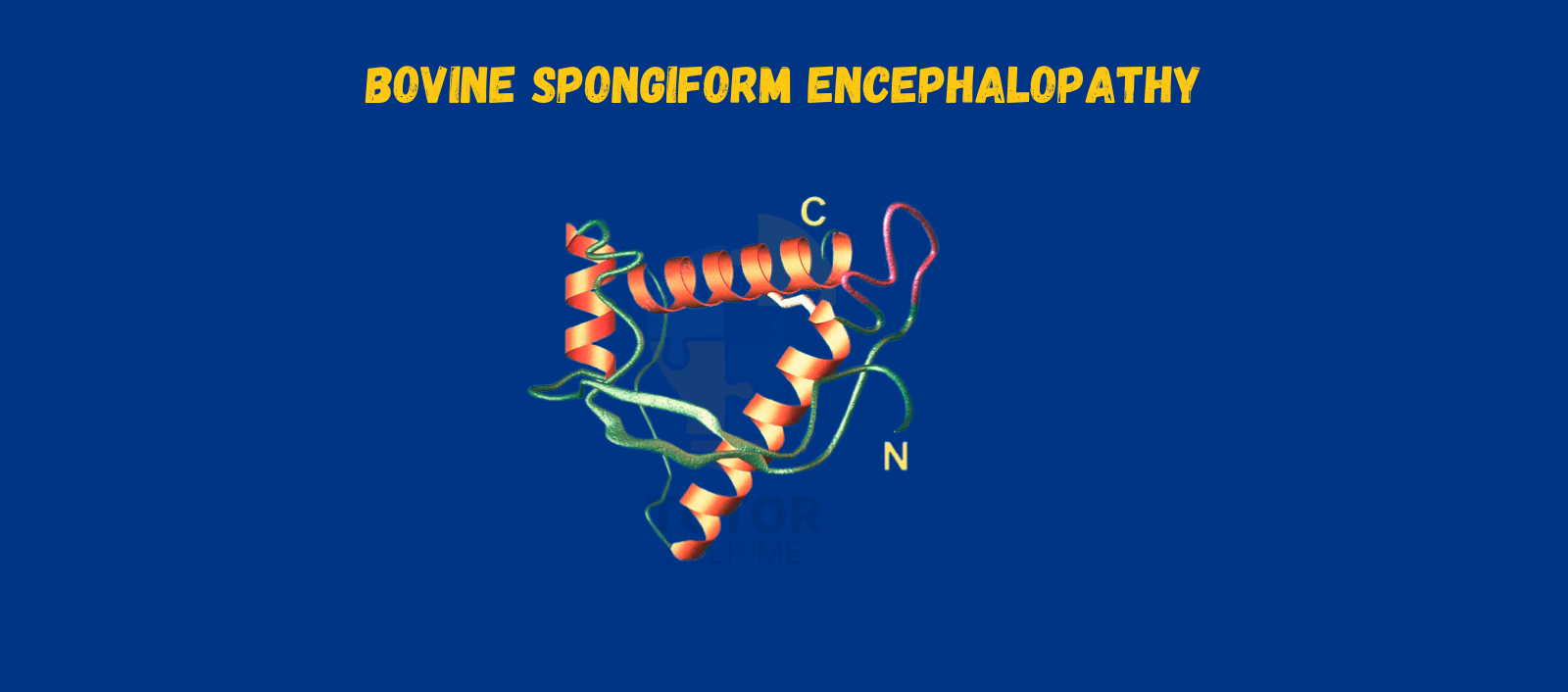
Archaea
Archaea are tiny, single-celled organisms that are different from bacteria and other living things. They can live in extreme places, like hot springs, salty lakes, and places without oxygen.
Examples:
Halobacterium salinarum: This archaeon loves salt and can live in very salty areas, like salt flats and salt lakes.
Thermococcus gammatolerans: This archaeon can survive in very hot places, up to 100°C, and is found in underwater hot springs.
Functionality:
Archaea are important for many processes in nature. Some archaea help make methane in places without oxygen. This is part of the carbon cycle, which helps keep the Earth’s environment balanced. Archaea are also used in science and technology, like making biogas and cleaning up pollution.
Protozoa
Protozoa are tiny, single-celled organisms. They can live freely or be parasites. They move in different ways: some use a false foot (pseudopodia), some use a tail-like flagella, and others use hair-like cilia.
Examples:
Amoeba proteus: This amoeba moves using pseudopodia. It can surround and eat food by a process called phagocytosis.
Plasmodium falciparum: This protozoa causes the most serious type of malaria in humans. It is spread by mosquitoes.
Functionality:
Protozoa are important in ecosystems. They eat smaller organisms and help shape food webs in water. They also help recycle nutrients in nature.
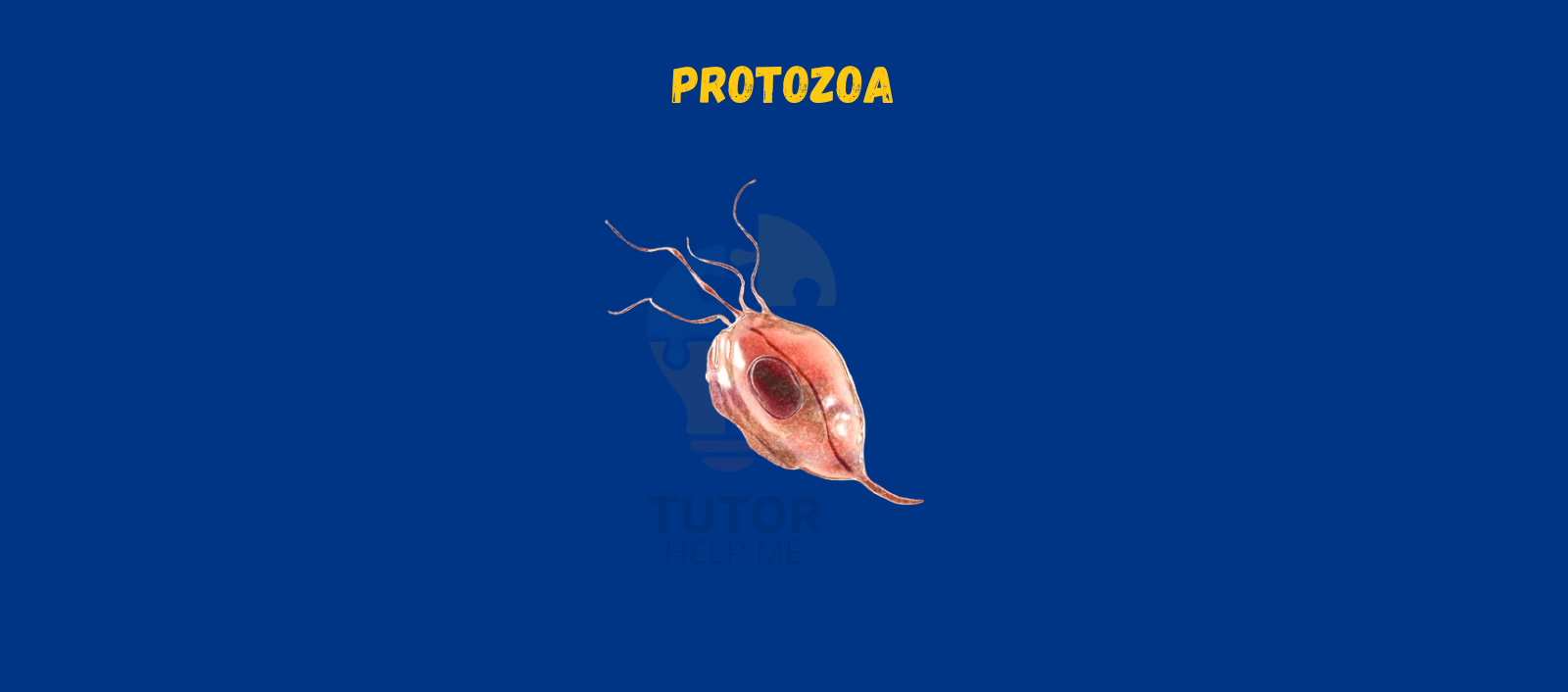
Conclusion
Microorganisms are tiny living things that play an important role in life on Earth. They include bacteria, fungi, viruses, algae, archaea, and protozoa. Each one helps in different ways, like making oxygen, helping with fermentation, and recycling nutrients. They are also used in medicine and science.
Some microorganisms can cause diseases, but scientists have found ways to use them for good. Medicines like antibiotics and treatments like gene therapy show how helpful microorganisms can be. By learning more about them, we can use their power to solve problems and protect the environment. These tiny organisms show that even the smallest life forms can make a big difference.
Read More What is Photosynthesis? Process, Importance, and Factors Explained
FAQ’s
Where are microorganisms found?
Microorganisms are found everywhere, including soil, water, air, extreme environments, and inside plants, animals, and humans.
Are microbes good or bad?
Microbes can be both good and bad. They support health, ecosystems, and industries but can also cause diseases and infections.

